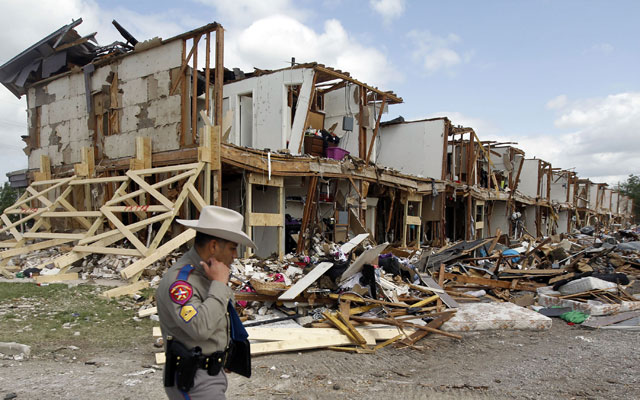On April 17, a West Texas fertilizer plant exploded, leaving 14 dead and approximately 200 injured. Investigators continue to look into exactly what caused the explosion that left an estimated $100 million in damages in its wake.
Yet, while investigators are still looking to determine if the blast was due to an accident or negligence, some in Congress are turning the blame back on the government.
In a letter to President Obama last week, Representatives Henry Waxman (D–CA) and Bennie Thompson (D–MS) pointed to the failures of the Chemical Facility Anti-Terrorism Standards program (CFATS) and called for the creation of a Blue Ribbon Commission to assess the program and determine if safety requirements should be lumped into the program.
Created in 2007, the CFATS program was designed to set security standards and regulate protective measures at high-risk chemical facilities in the United States. The intention was to create a risk-based and flexible security program to prevent abuse and theft of high-risk chemicals by terrorists and other bad actors. While the aim was good, the federal CFATS regulations have ultimately proved exceedingly complicated and overly burdensome on the private sector.
Indeed, in their letter, the Congressmen cite the failures of the CFATS program, highlighting a 2011 internal audit that detailed the fundamental challenges faced by the program and the failure of the program to approve even one facility security plan. The Congressmen also highlighted a recent Government Accountability Office (GAO) report that found that 16 months later the CFATS program still remains mired in serious problems, including incomplete risk assessments, slow implementation, and disjointed outreach to the private sector. The obvious question would then be, why add another layer of bureaucracy and added requirements to an already burdensome and broken system?
What is needed is not another layer of government, in the form of a government commission, but instead more room for creative, cost-effective private-sector solutions. This is not to say that high-risk chemical facilities should not be subject to a degree of federal oversight. But excessive regulation and added government bureaucracy that prevents the private sector from doing business and fails to take a true risk-based approach is the wrong way forward.
Legislatures and regulators must be careful not to conflate security with safety. The difference between the two might not seem obvious, but it is important. Think of it this way: If one is concerned about the security of his home, he may want to make sure all of the doors and windows are securely locked so a burglar can’t get in.
Yet, what about safety? In the event of a fire, for example, one might be concerned about the exact opposite—how easily and quickly these doors and windows can be opened so one can get out. The example may be a bit oversimplified, but it serves as a reminder that safety and security are not one and the same. The two distinct issues should be handled separately, not combined in the already broken CFATS mandate.































